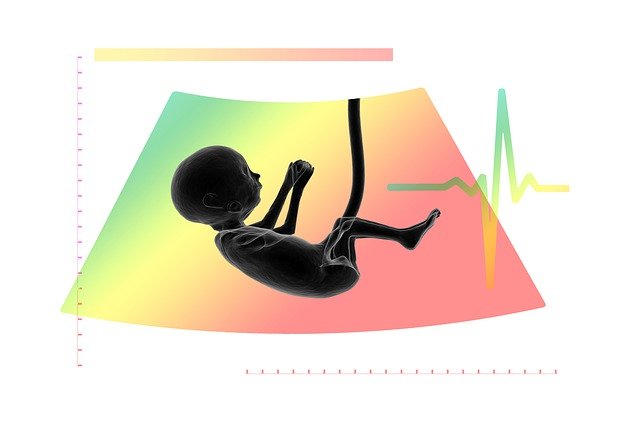The invention of IVF gives a great scope to uplift Assisted Reproductive Technology (ART). But embryo freezing technique discovery is an added benefit in ART. The discovery of embryo freezing gives a new opportunity to start a family late or women having fertility disorder in the latter half of their life can enjoy their motherhood.

The advancement of embryo freezing techniques brings the vitrification process. This advancement of the embryo freezing technique offers equivalent success as fresh embryo transfer. But it is necessary to mention that embryo freezing is possible for those who have a good ovarian reserve and undergone a fresh IVF cycle. The freezing embryos give them a future opportunity for the frozen embryo transfer process.
Benefits of frozen embryo
Prevents ovarian hyperstimulation syndrome (OHSS)
Some women tend to develop OHSS due to human chorionic gonadotropin (hCG) therapy given before egg retrieval. The OHSS is not a serious health issue but the risk of ovarian cyst formation can cause complications in pregnancy. The OHSS can also interfere with embryo implantation due to endometrium is not optimally prepared. The embryo freezing technique can reduce the chances of OHSS. The success of pregnancy increased as the egg retrieval process does not subsequently take place with the IVF procedure.
The embryo implantation success rate is higher
The ovarian stimulation or egg retrieval process was done earlier, which may increase the receptivity of endometrium with frozen embryo transfer. Therefore, the body gets time to recover after the conduction of the fresh cycle. The endometrial lining receptivity for implantation becomes ideal to accept the embryo. Estrogen and progesterone hormones are prescribed to thicken the ovarian lining for receiving the embryo.
Frozen embryo transfer is an easier and less stressful event
The preserved embryos are used in the cycle. Therefore, the women do not feel stress to produce a sufficient number of quality eggs as in the fresh cycle in frozen embryo transfer. In the frozen embryo cycle, the woman does not face the challenges of the repeated procedure which helps to give her mental and physical relaxation. No previous ovarian hyperstimulation and no surgical intervention requires during frozen embryo transfer. The woman and her partner get the scope to schedule the embryo transfer in advance in case of frozen embryo transfer.
Genetic testing is possible
In the frozen embryo cycle, the scope of embryo selection through genetic testing is possible. Genetic laboratories get time to proceed with preimplantation genetic testing and screening for the selection of the healthiest embryo. This allows transferring the elective single embryo to avoid multiple gestations.
Possibility of a healthy baby born
Research findings reported that the babies born by using frozen embryos were less likely to have low birth weight. The pregnancy outcome by using frozen embryo techniques provides better obstetric and perinatal outcomes after the conduction of the IVF cycle. Clinical evidence supported that the frozen embryos spend much more time in the womb than in fresh transfer which also helps to deliver a baby with healthier birth weights as compared with the freshly transferred embryo.
The drawback of embryo freezing
Frequent clinic visit
Usually, after a month of the egg retrieval process, the patient needs to revisit the clinic. Additional visit to the clinic often bothers the patient and her partner as they have to take leave from their work, travel to the clinic, waiting periods at the clinic affect their regular schedule.
Pregnancy needs additional time
Those who opt for IVF usually spend a certain period to build their family naturally. Therefore, they become impatient concerning the time to start their family. If we compare the frozen embryo transfer with fresh embryo transfer. This additional one month requires for frozen embryo transfer. Moreover, none of these procedures assure a positive outcome. Therefore, the patient often thought that frozen embryo transfer is time taking procedure. The patient is often emotionally drained to spend this extra stressful time.
Not All frozen embryos can survive during the freezing or thawing Process
The loss of embryo cannot be completely ignored in the embryo freezing process, though the advancement of egg freezing techniques gives assurance of a 95% survival rate. Failing of maintaining ideal freezing condition in the lab or container to store the embryos lead to perishing them. The slow freezing method is an older technique that increases the risk of embryo injury or loss during freezing, but the vitrification method reduces this risk. Therefore, the applied technique is an important factor to prevent damage.



